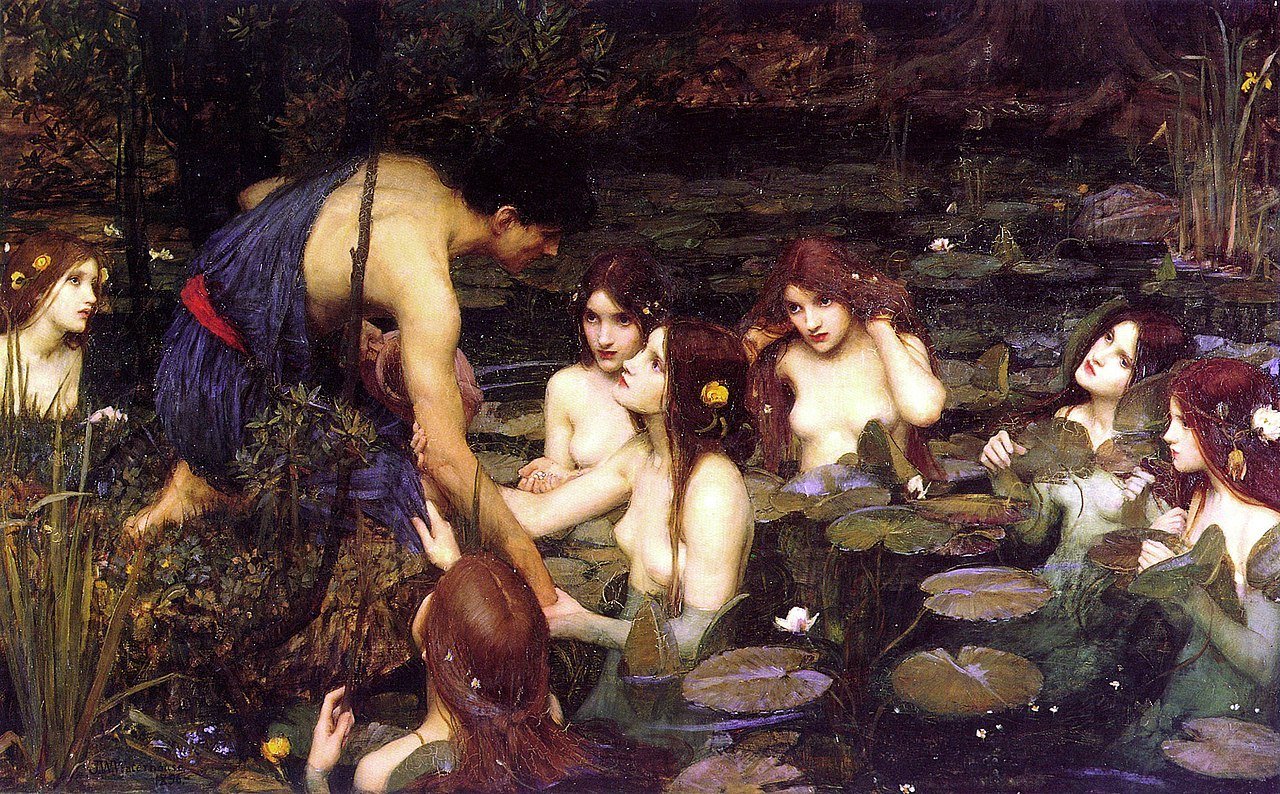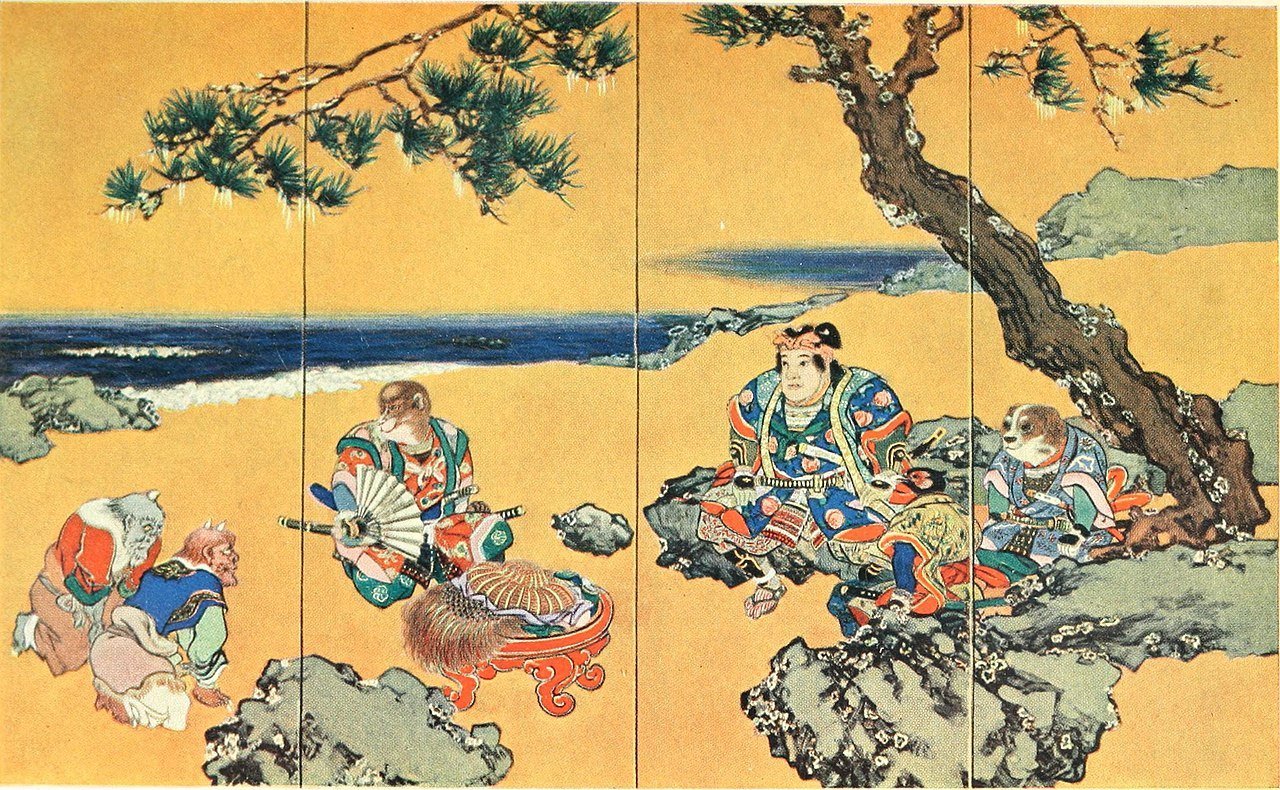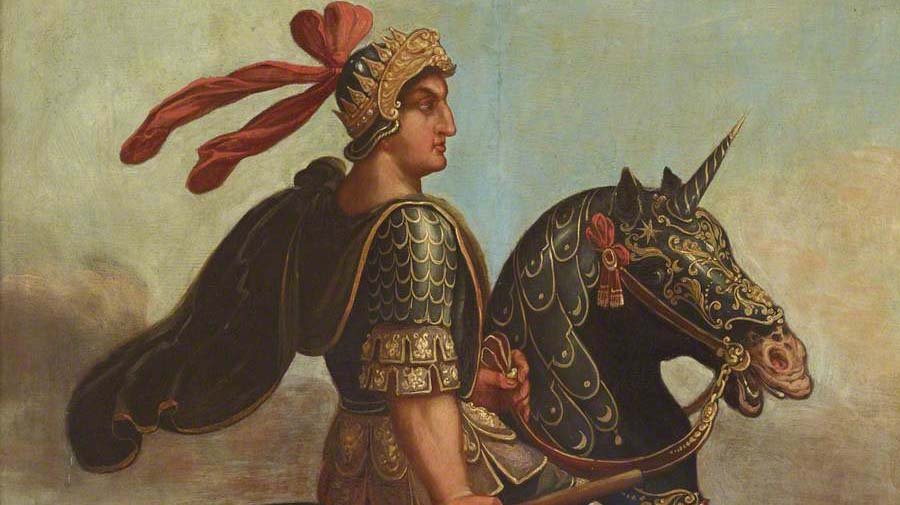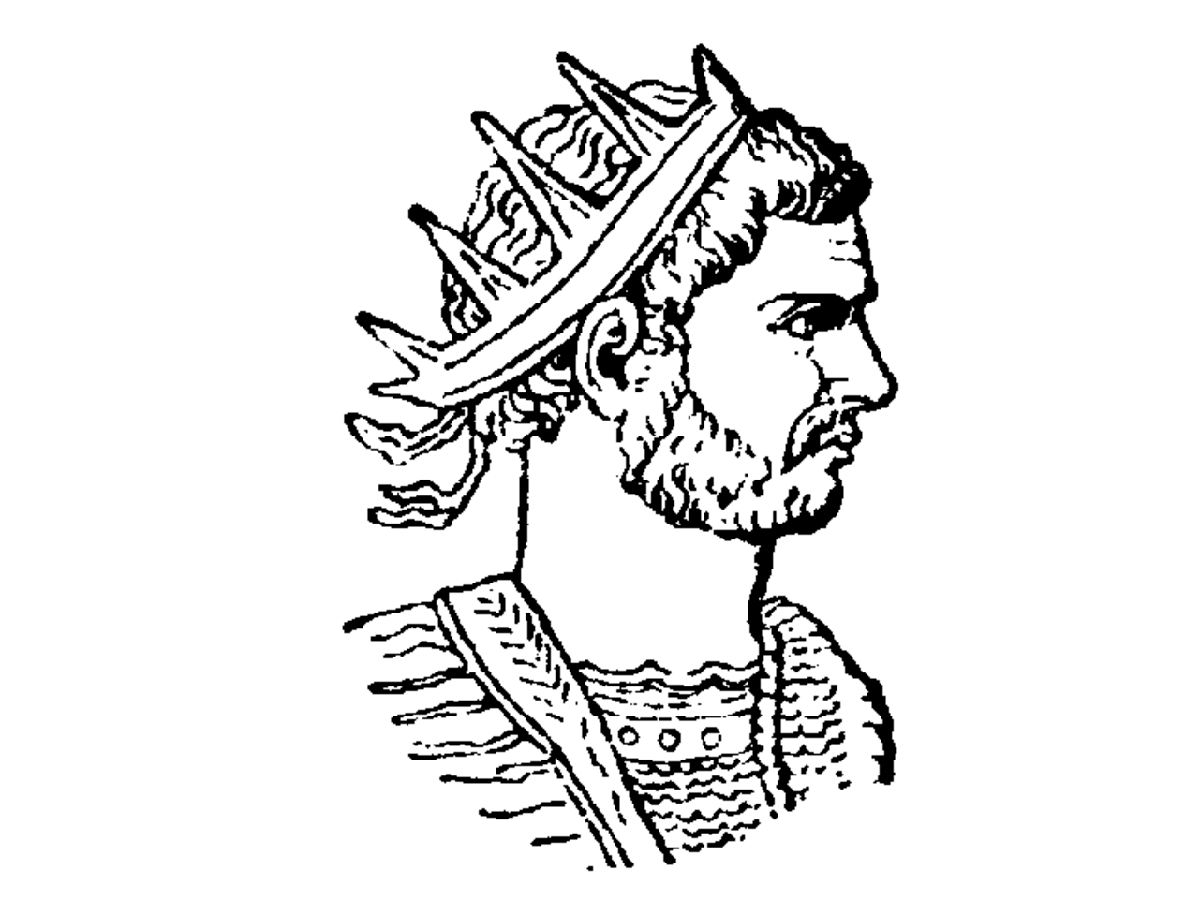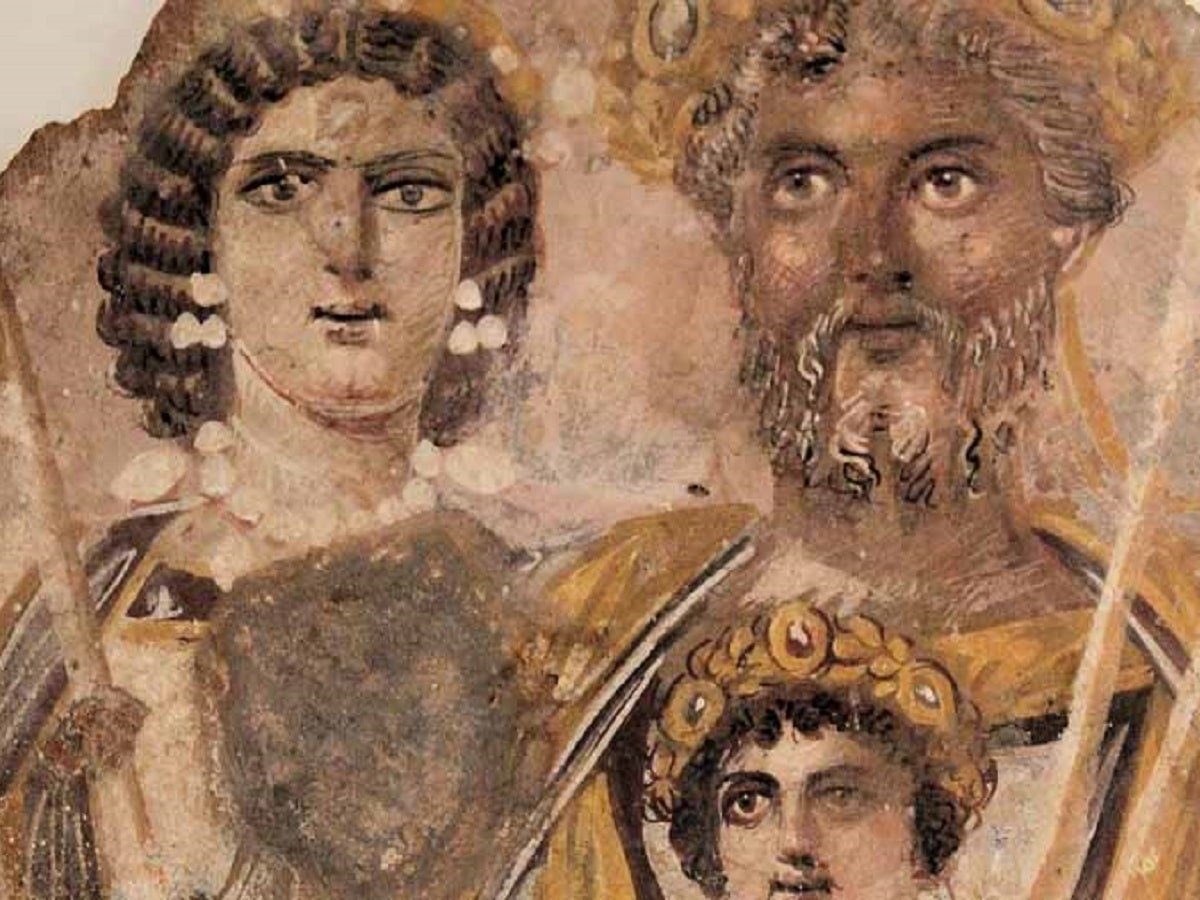Nymphs: Magical Creatures of Ancient Greece
In Greek mythology, nymphs are supernatural, female nature spirits associated with various natural elements such as mountains, forests, rivers, and springs. They are often depicted as beautiful and youthful beings, and they play important roles in many myths and stories. There are several types of nymphs, each associated with different aspects of nature. Whilst they …
